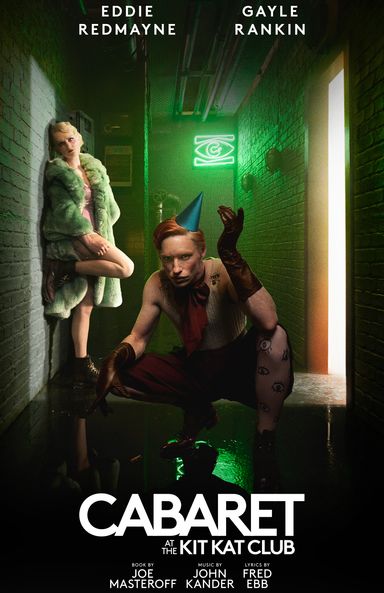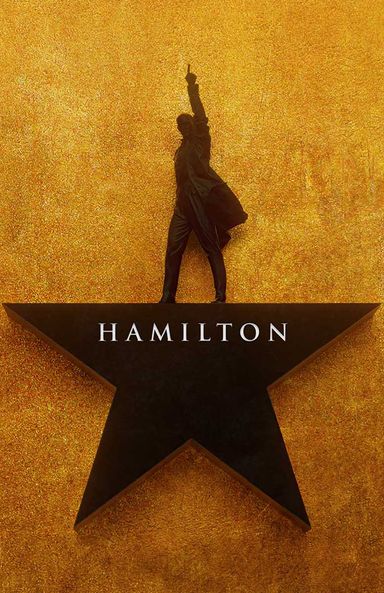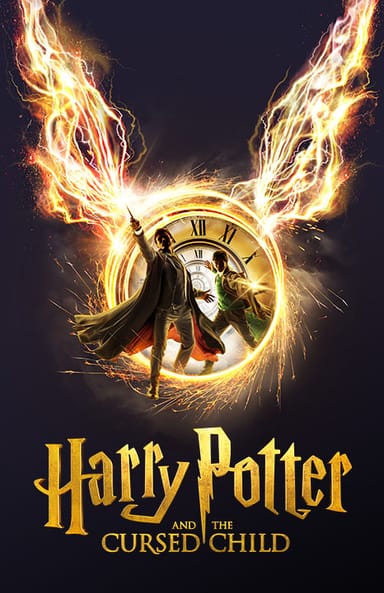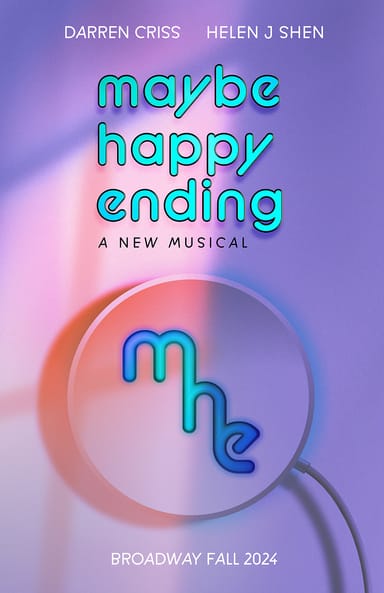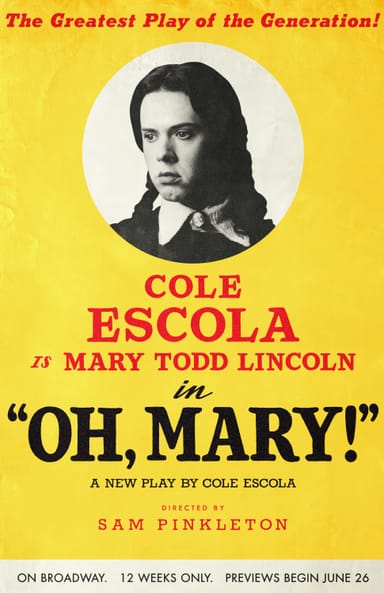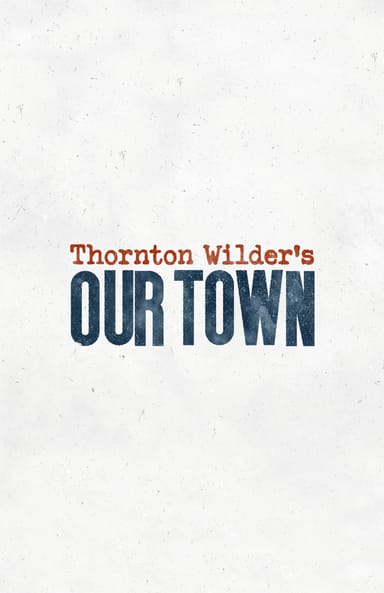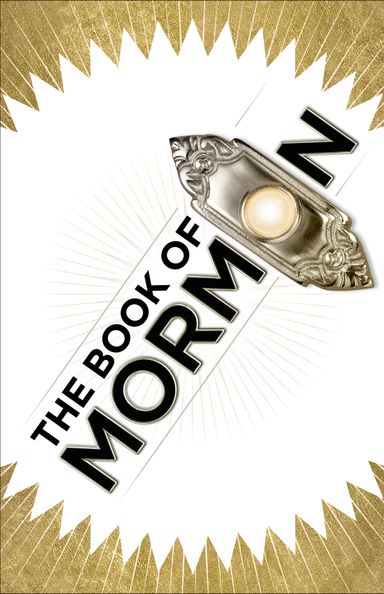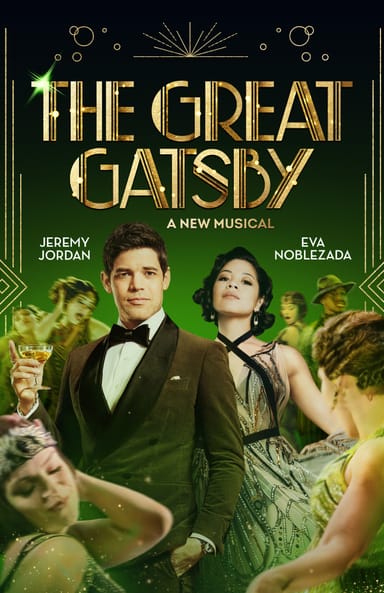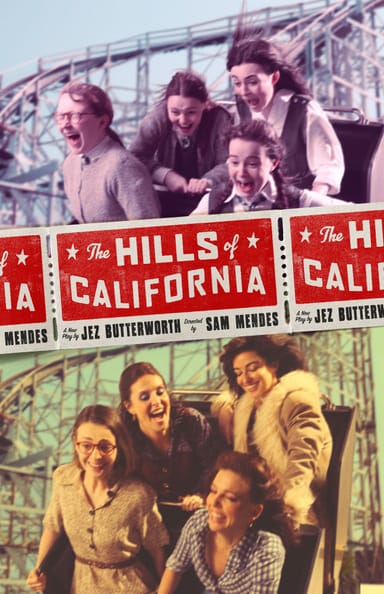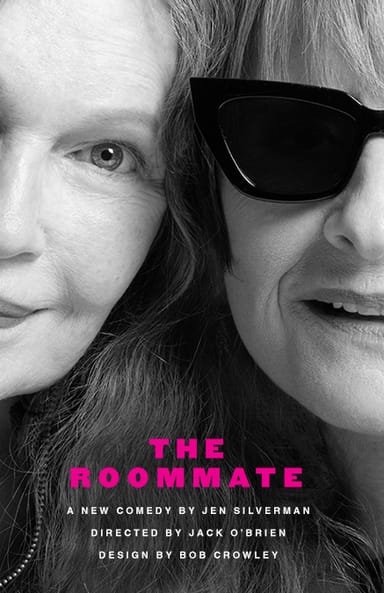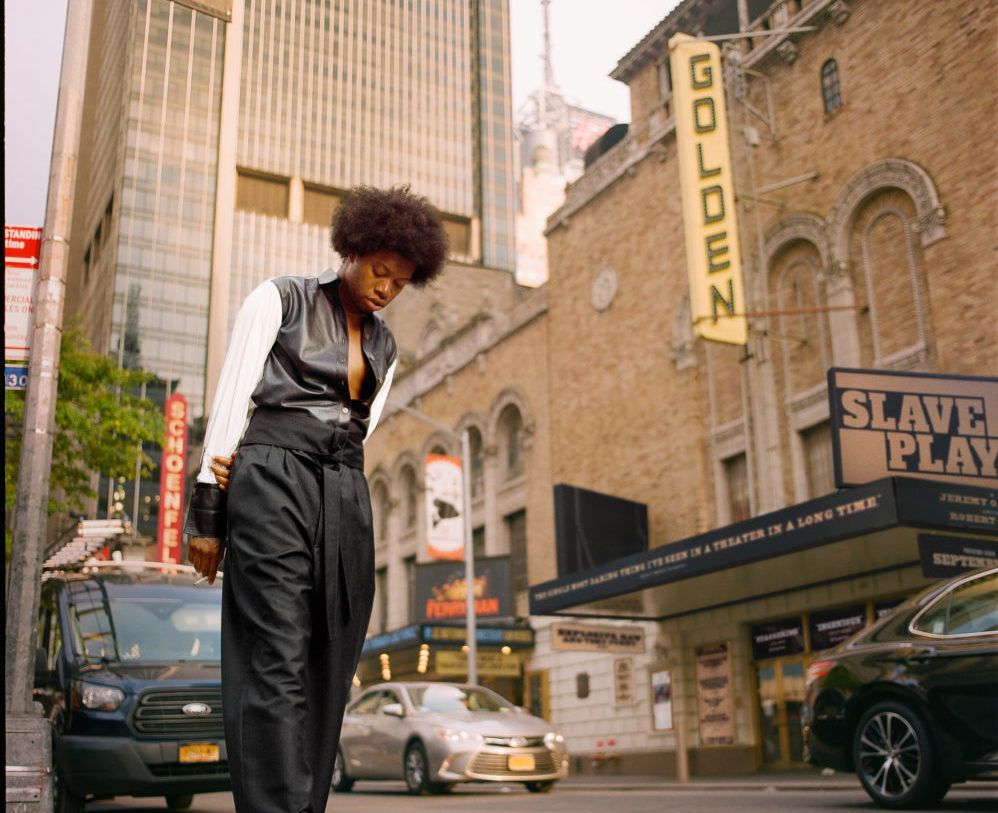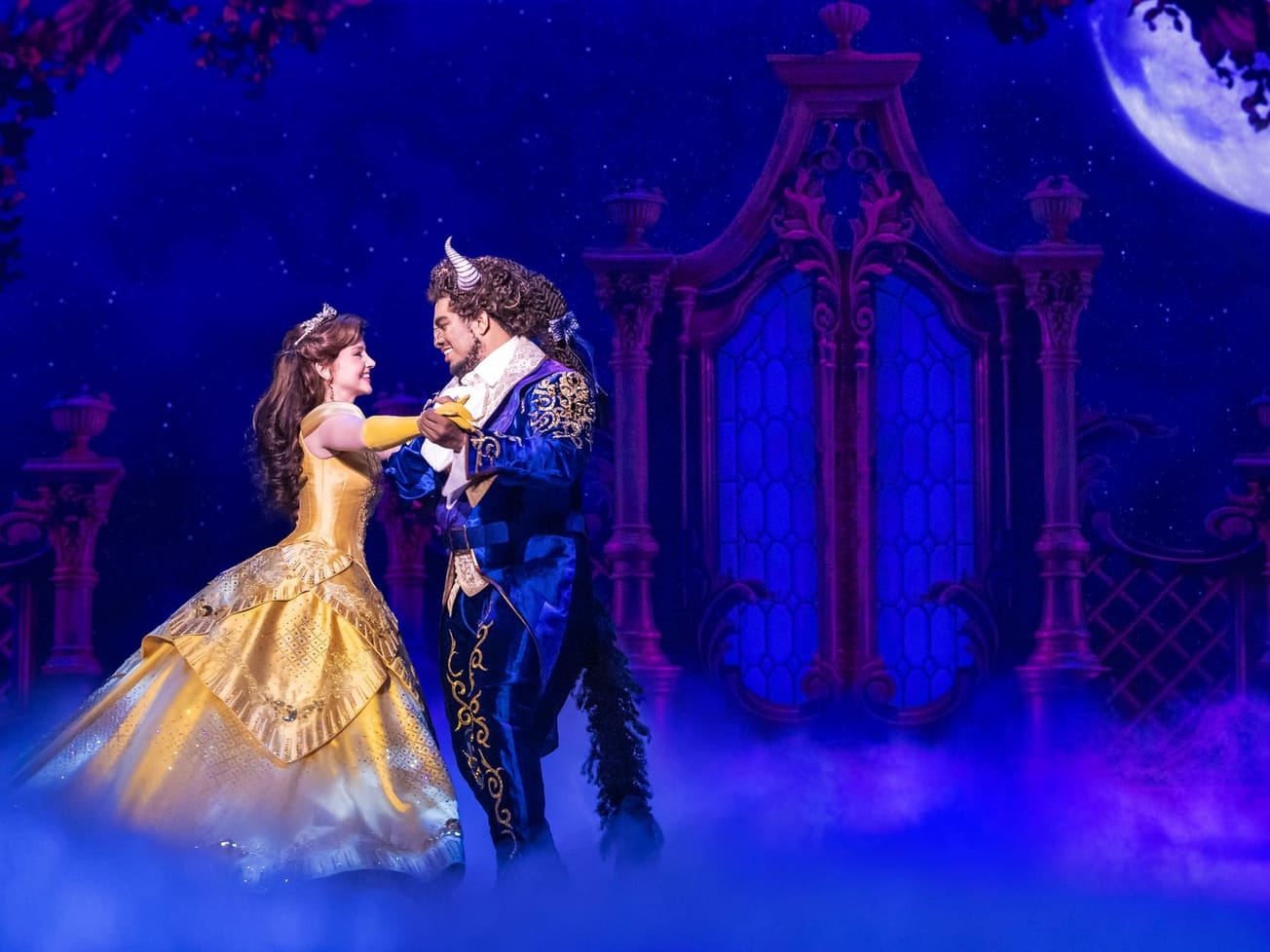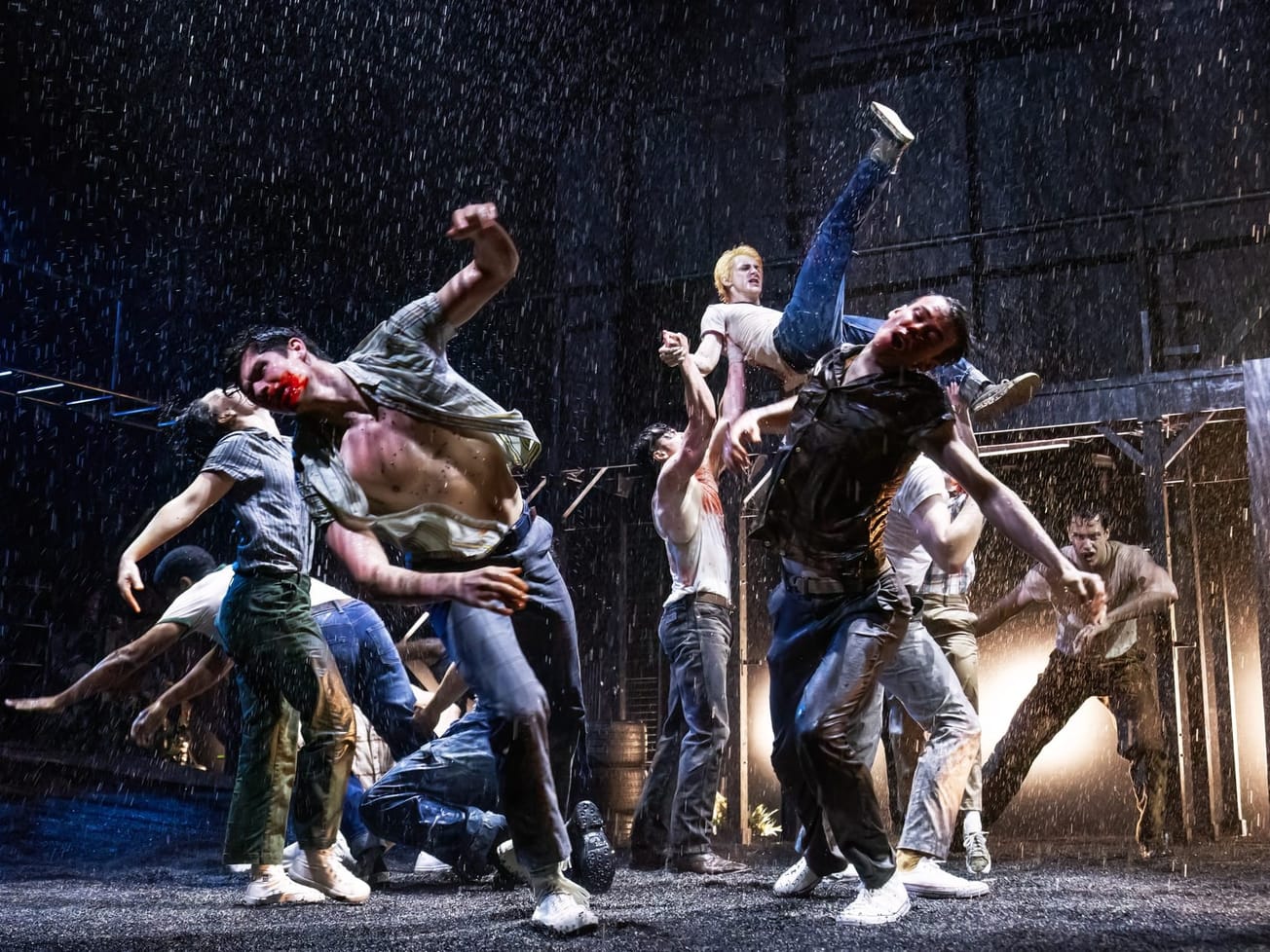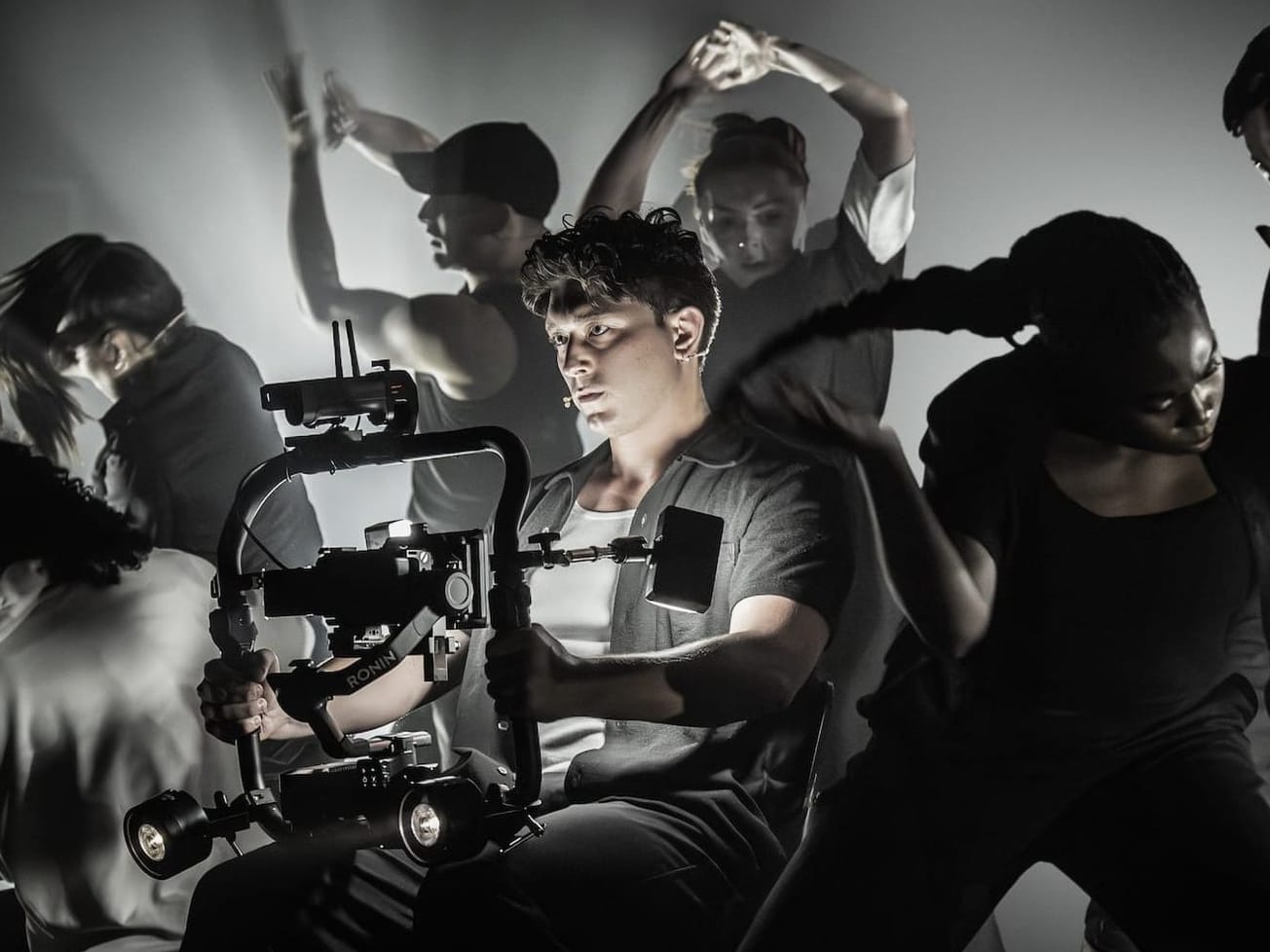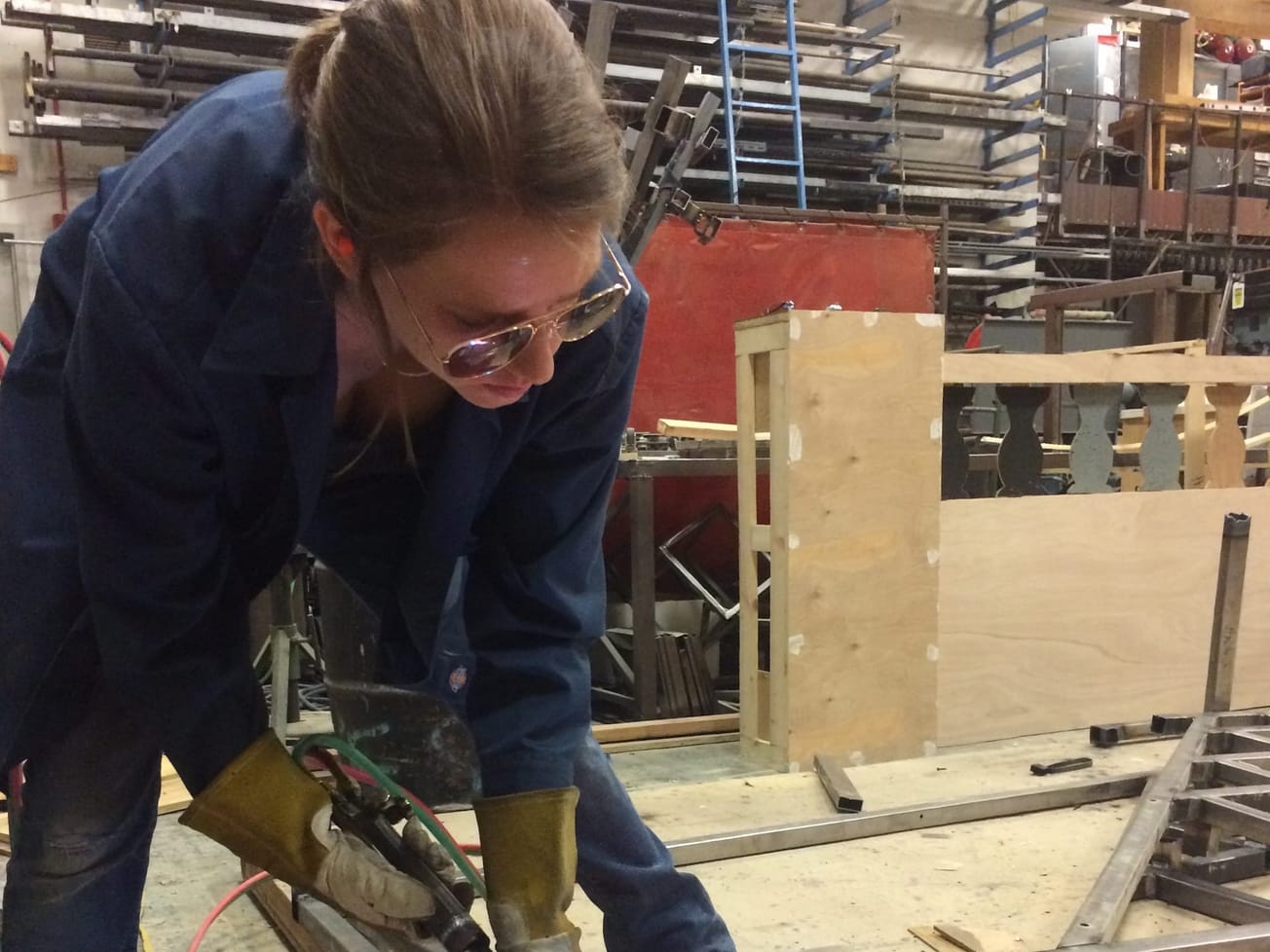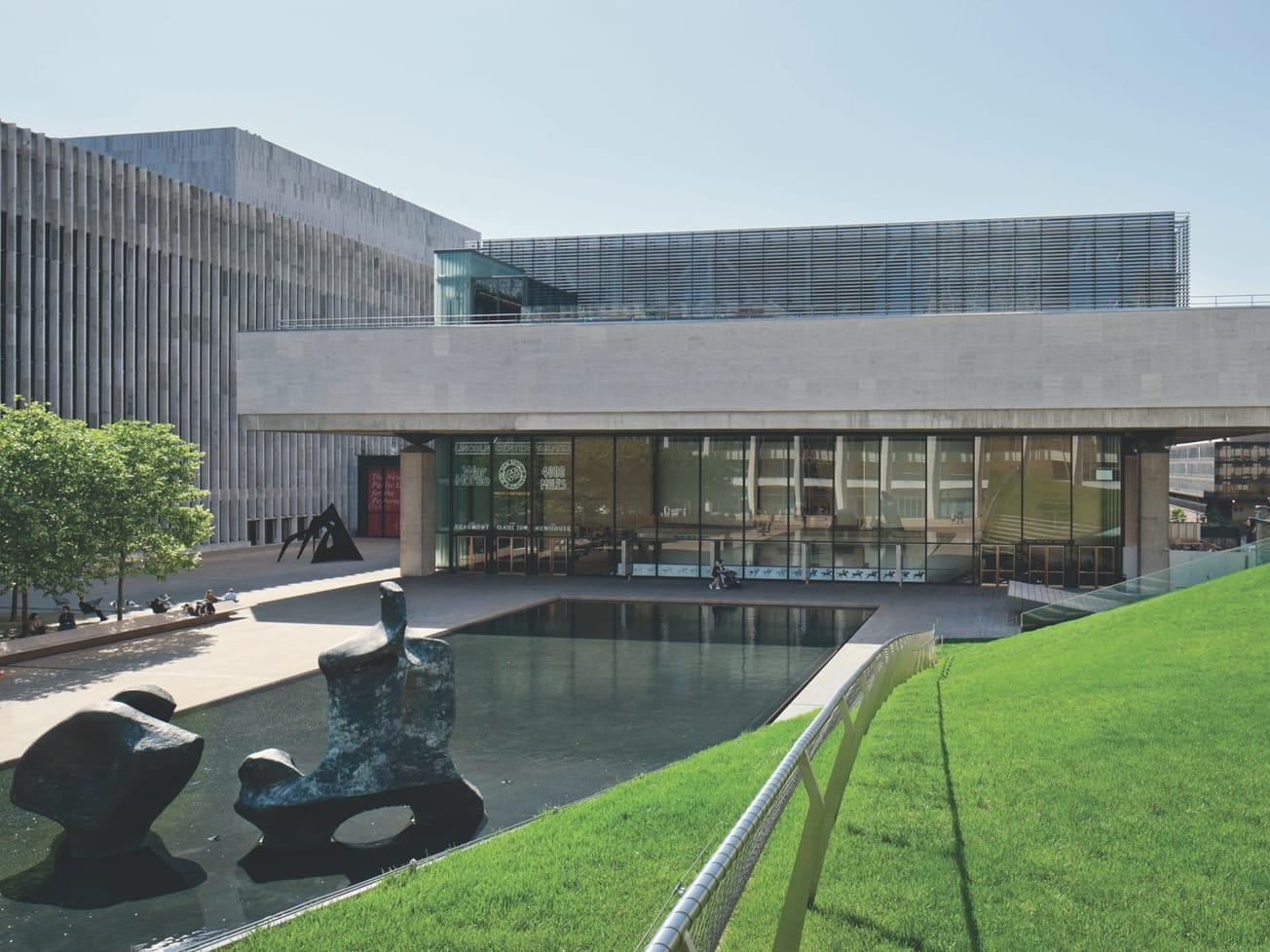During the invited dress rehearsal for “Slave Play,” a giant mirror — now expanded to two stories for the Broadway stage — reflected an enthusiastic audience of young, diverse faces, but also put them squarely in an unflinching spotlight.
“If you’re here and expecting comfort, you may not have it. I will not give it to you,” said director Robert O’Hara as he took the stage.
Set to open on Broadway in early October, after an off-Broadway run at New York Theatre Workshop, “Slave Play” has been challenging the model of the traditional commercial audience — typically made up of white, older patrons. The material itself often takes a confrontational stance toward its audience, growing increasingly subversive in subject matter while always keeping the patrons pinned in the mirror on stage.
Meanwhile, the production team, following the vision of “Slave Play” playwright Jeremy O. Harris, has made it a priority to make Broadway more welcoming to younger, black audience members by offering discounted tickets, gearing marketing toward them and recently, setting aside a performance solely for black audience members.
The hope is that the combined efforts provoke conversation, daring all audience members to engage in new material, while trying to break down any barriers that traditionally prevented younger audience members and people of color from being there.
“We have access issue and an accessibility issue to the material, so how do we use this moment where we get young people and people of color into the theater to actually mobilize the conversation about that?” said producer Greg Nobile.
As the “Slave Play” origin story goes, Harris was attending a party in 2015 when he got into a conversation about sexual fantasies. He noticed the energy in the room shift once he brought race into the discussion. But while that one moment was the spark, Harris said he realized he had been yearning to write a complex, discursive play in which he could see himself on stage.
“I had been living in L.A. for six years starving to tell people stories, and the stories I was starving to tell were stories about my body,” Harris said.
What resulted was a drama that features three interracial couples in an Antebellum setting engaging in sexual role play.
O’Hara, who knew Harris as a student at the Yale School of Drama, sees Harris’s approach as a necessary reinvention of slavery narratives.
“I think that when you deal around the topic of slavery that uniqueness and challenging and provocative is always best,” O’Hara said. “It’s the moment where we try to sort of like rationalize it the conversation and not allow our imagination to grow inside of it that it can get bogged down in terms of storytelling.”
When first presented with the script, the cast members said they had to overcome a sense of shock at the material before engaging with the text.
Joaquina Kalukango, who plays Kaneisha, partner to Paul Alexander Nolan’s Jim, was a new addition to the cast for the Broadway run. She, too, was initially scared by the material, but then drawn in by what it allowed her character to do.
“It was the first time I saw a black woman that would speak for like ten, 11 pages, just a straight monologue,” Kalukango said. “I’d never seen that and I was excited by it.”
That’s the same reaction Harris is hoping to engender in his audience, once the initial shock has worn off, or perhaps midway through.
Harris has also been actively trying to shape the audience that sees it, filling the theater with entirely black theatergoers one recent night and working with his producers to set aside 10,000 tickets for $39 each throughout the run.
Beyond the oft-cited high price point as a barrier to entry, Harris and his team have been reshaping the traditional marketing conversation for their show, highlighting reviews by black critics, for example, so that their Broadway theater seems more welcoming to people of color.
“There’s never been an apology for not marketing towards them, marketing away from them and then engaging them on one or two nights,” Harris said. “And I wanted to create a space where we could actively invite people who’ve been excluded from the theatrical space in new ways.”
Outside of the production, a grassroots movement has sprung up on social media in which more affluent audience members attend the production and then offer to buy a ticket for others, or leave tickets at the box office. The same thing happened at New York Theatre Workshop, according to Nobile.
As for how all of these lower-priced ticket initiatives translate to the bottom line of the show, Nobile said he believes that it helps bring in the right audience to generate buzz, which can later create revenue for the play.
“We believe that getting an audience in that is diverse and younger and can really talk about the show actually begets the folks who are also buying premium tickets,” Nobile said.
So far, in its two weeks of previews on Broadway, the play has played at 99% capacity, with gross potential hovering around 50%. “Slave Play” was capitalized for $3.9 million, according to a filing with the Securities and Exchange Commission.
Still as Harris sees it, this just feeds into the idea of accessibility. He himself had not seen a play on Broadway until Lucas Hnath’s “A Doll’s House, Part 2” in 2017, in part due to the price of tickets, but also because he says he had not felt like a part of that community.
But at the dress rehearsal for “Slave Play,” Harris merged seamlessly into the audience, as the theater watched his figure, reflected in the onstage mirror, grow smaller and smaller until he was seated in the last row of the mezzanine.






